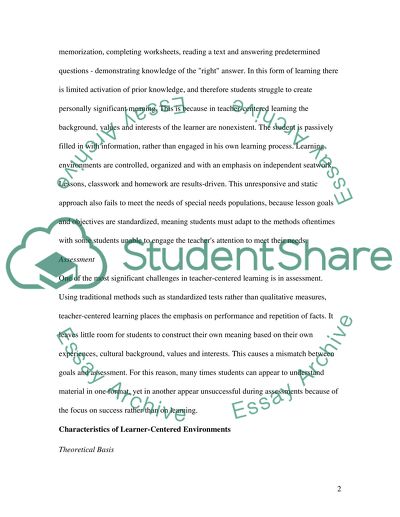Cite this document
(“Student Learning Methods Essay Example | Topics and Well Written Essays - 1500 words”, n.d.)
Student Learning Methods Essay Example | Topics and Well Written Essays - 1500 words. Retrieved from https://studentshare.org/miscellaneous/1502003-student-learning-methods
Student Learning Methods Essay Example | Topics and Well Written Essays - 1500 words. Retrieved from https://studentshare.org/miscellaneous/1502003-student-learning-methods
(Student Learning Methods Essay Example | Topics and Well Written Essays - 1500 Words)
Student Learning Methods Essay Example | Topics and Well Written Essays - 1500 Words. https://studentshare.org/miscellaneous/1502003-student-learning-methods.
Student Learning Methods Essay Example | Topics and Well Written Essays - 1500 Words. https://studentshare.org/miscellaneous/1502003-student-learning-methods.
“Student Learning Methods Essay Example | Topics and Well Written Essays - 1500 Words”, n.d. https://studentshare.org/miscellaneous/1502003-student-learning-methods.


